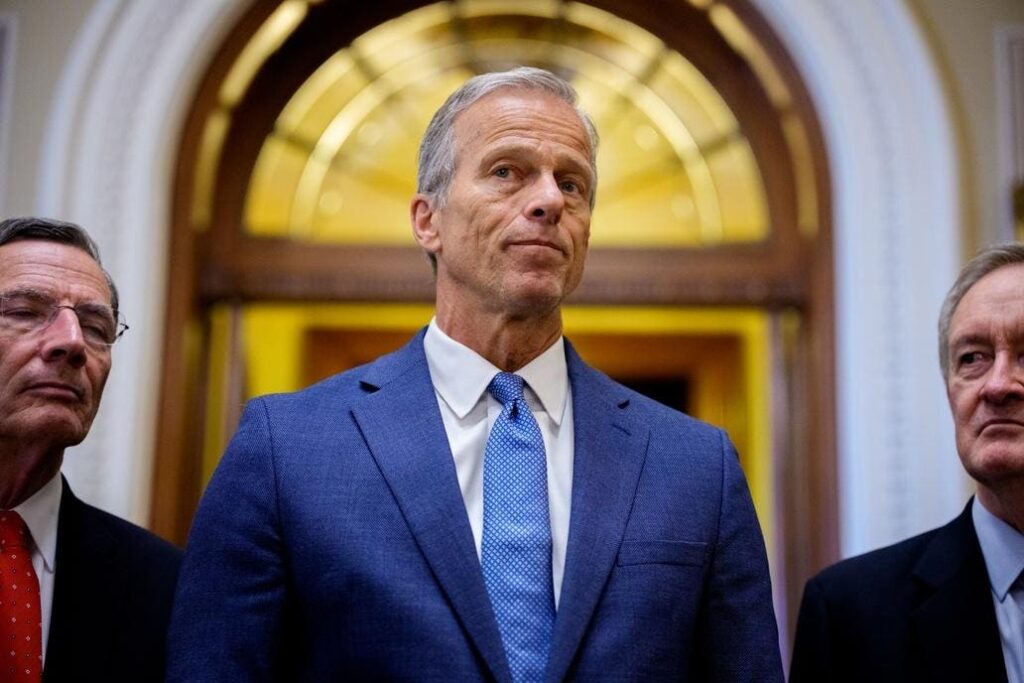On Tuesday, the Senate passed the “One Big Beautiful Bill” after multiple days of debates and minor changes. The sweeping legislation will impact nearly all facets of American life, but will specifically have major changes to higher education. The student loan provisions have some of the most significant higher education reforms we’ve seen in decades, and will impact both current borrowers and future borrowers.
On the borrower side, the bill eliminates the Grad PLUS loan program, and introduces new caps on Direct Graduate Loans and Parent PLUS Loans. For future Parent PLUS loans, both repayment plan options and loan forgiveness options are severely restricted.
On the repayment side, the bill phases out several popular income-driven repayment plans, and introduces a new repayment plan called the Repayment Assistance Plan (RAP).
The bill now moves back to the House of Representatives, who have to have a final vote before it moves to the President to be signed into law. President Trump has publicly said he wants to sign this bill into law by July 4, and the timeline to make that happen is possible.
Borrowing Caps For Parents And Graduate Students
One of the biggest changes is how families will pay for college. For undergraduates, the bill severely limits Parent PLUS loan borrowing to $20,000 per year and $65,000 in total per child. Currently, Parent PLUS loans have no borrowing caps.
The implications for this are big, especially since the annual cap and total cap don’t align – meaning if parents are hitting the annual cap, they can only borrow for three years of college.
It’s also important to note that there were no changes to undergraduate borrowing caps, which haven’t been adjusted since 2008. This has led more families to Parent PLUS loans over the years.
On the graduate student side, the bill eliminates Grad PLUS loans. Graduate students will now face strict borrowing caps for Direct Stafford Loans. Graduate students will be able to borrow $20,500 annually, with a $100,000 lifetime cap. Professional students will be able to borrow $50,000 annually, with a $200,000 lifetime cap.
While these limits may seem high, they are a drop from the current Grad PLUS limits, which were capped at the total cost of attendance. Given that the cost of medical or dental school can exceed the $200,000 limit, it’s making many prospective students worry they may not be able to afford to finish their education.
The net result is that future college students lose big with the Big Beautiful Bill.
Repayment Plan Changes Affecting Millions
On the other side of the spectrum, most borrowers repaying their student loans will face changes as well. The bill eliminates popular repayment plans like PAYE, SAVE, and ICR. Borrowers in these plans will need to migrate to IBR between July 2026 and June 2028. Some borrowers, like those in SAVE, will likely have faster timelines.
The Senate bill does keep both versions of IBR available, depending on when you first borrowed your student loans. Old IBR, for pre-2014 loans, will have payments set to 15% of discretionary income and forgiveness after 25 years, while New IBR, for post-2014 loans, will have payments set to 10% of discretionary income with loan forgiveness after 20 years.
For new borrowers there will be two options, the Standard Repayment Plan (which will now have a repayment timeline based on loan balance), and the new income-based Repayment Assistance Plan (RAP).
New borrowers after July 1, 2026 will only have a choice between these two plans. Existing borrowers can opt into RAP after July 2026, and if they do, prior payments under a qualifying repayument plan will count towards loan forgiveness.
RAP sets monthly payments as a percentage of adjusted gross income, ranging from 1% to 10%. It also gives a dependent discount of $50 per dependent per month, and a principal subsidy for some borrowers of $50 per month. The downside is that loan forgiveness under RAP happens after 30 years.
Here’s a Repayment Assistance Plan (RAP) Calculator that you can use to estimate your monthly payment under the new plan.
Public Service Loan Forgiveness Changes
There are some changes to note about Public Service Loan Forgiveness (PSLF). While the bill didn’t change rules for medical residents (like was planned in the House bill), the Senate did remove PSLF as an option for future Parent PLUS loan borrowers.
After July 1, 2026, Parent PLUS loans will be excluded from all income-driven repayment plans (including RAP). The result is that they won’t have any PSLF-eligible repayment plan options to pursue.
Existing Parent PLUS loan borrowers can consolidate their loans get an on income-driven repayment plan (ICR for single consolidation, any IDR plan for double consolidation) by June 30, 2026. They will then be able to transition into amended IBR between July 1, 2026 and June 30, 2028, as the rules come out from the Department of Education.
This is a big loss for Parent PLUS borrowers.
What Happens Next
The Senate-passed bill will now head back tot he House, where it could face changes or amendments. However, if they want to make the July 4 timeline, they would have to pass the bill as-is.
There’s still time for families to contact their Congressperson to express their opinion on the bill, but the window is closing.
If signed into law, the Department of Education would start moving on these changes pretty quickly to achieve the 2026 timelines required.
Read the full article here

